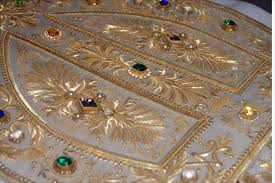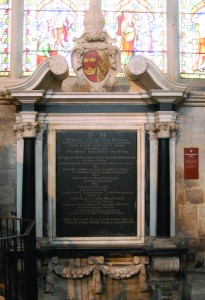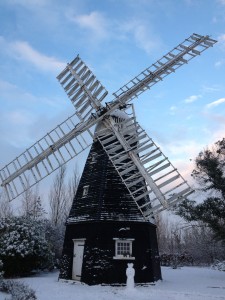
 A short and informative insight into a man who left a legacy, that continues to this day, for the benefit of the people of Soham.
A short and informative insight into a man who left a legacy, that continues to this day, for the benefit of the people of Soham.
Benjamin Laney was born in Ipswich in 1591.
He was a student at Christ’s College, Cambridge and became a Fellow of Pembroke Hall in 1616, becoming Master from 1630.
He rose to Vice Chancellor of the University of Cambridge in 1632.
Bishop Laney became prominent within Royal circles on obtaining the role of Chaplin to King Charles I. During the English Civil War he went into exile with the future King Charles II. After the restoration of 1660, he was made Bishop of Peterborough and Lincoln in 1663. From 1667 he became the Bishop of Ely.
Bishop Laney died on 24th January 1674, and is buried in Ely Cathedral. He bequeathed his estate which consisted of land, rents and property within Soham, and made all into a charitable trust. Income from the Trust was to be used for the following:
- Providing financial support, outfits, clothing, tools, instruments or books to enable beneficiaries on leaving school, university or other educational establishment to prepare for or assist their entry into a profession, trade or calling.
- In awarding exhibitions or grants tenable to any secondary school, college, education, university or other institution of further education.
- Otherwise promoting the education including social and physical training of beneficiaries.
This is only for persons under the age of twenty five years, who satisfy all of the criteria and who are resident in the parishes of Soham or Ely.
Benjamin Laney, bought a quantity of open-field land in Soham and in 1666 was allotted 70 acres of fen for the common rights of his four houses. In his will of 1675 he left that Soham estate, including c. 75 acres of open field and meadow there and 25 acres in Fordham Hales, to be held by four freeholders of Soham and Ely in trust to spend the income on providing £10 premiums to apprentice poor boys from those two places. The rent was still being used for that purpose in the early 19th century, when the charity’s well-farmed 188 acres included 150 acres in Soham and 38 a. in Fordham, yielding in the1780s c. £149. About 1800 the two pairs of trustees at Soham and Ely each took half the rents and independently selected their own candidates for apprenticeships. Allegations made c. 1810 by the Radical Soham lawyer Thomas Wilkin of mismanagement by Soham’s trustees led to an inquiry in 1813 and a decree of 1815, which authorized a doubling of the premiums payable.
From 1816 to the 1910s, and presumably later, Laney’s charity gave £20 premiums to apprentices in proportion to its income from rents, which fell from £355 in 1816 to c.£300-20, but rose from the 1830s to reach some £400 c. 1870. It then fell back to c. £300 from the 1880s and to £240-60 by 1900. Until the1830s most apprentices were drawn from Ely, those taken from Soham coming from its workhouse. Even thereafter the proportion of awards, regularly given in two £10 instalments, made to boys from Soham was usually less than half, and often not much over a third, of the total given. The number of awards, which averaged 15-20 yearly until the 1840s, was 10-15 c.1845-90, 10 or fewer c.1900-14. From the 1850s such Soham boys were almost invariably apprenticed to craftsmen from the village. Grants for apprenticing were still made.


